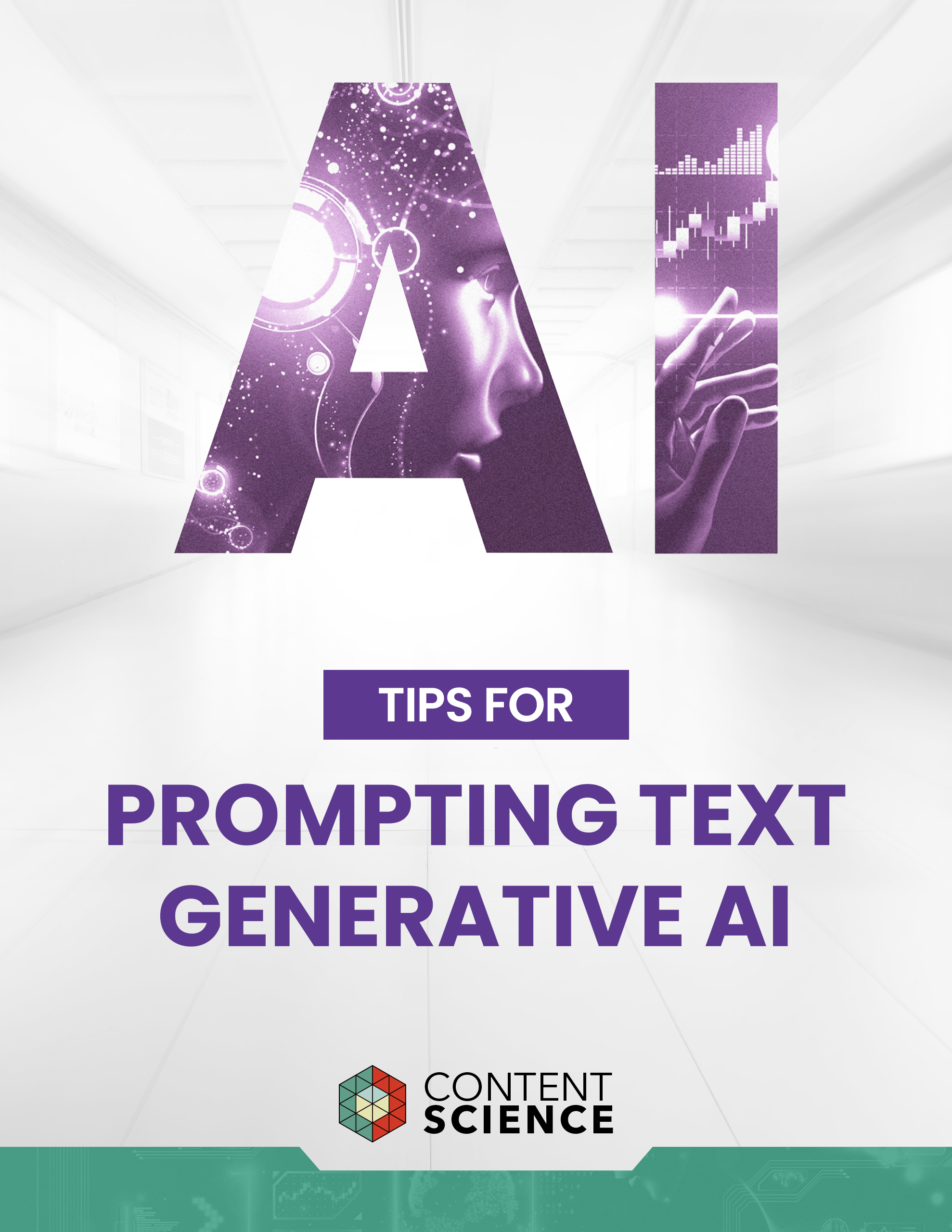
In the age of digital disruption, organizations across the board are retooling how they deliver customer experiences. Over 90% of small businesses pivoted last year in response to the pandemic. Enterprise content and design practices are undergoing their own digital transformation. And content lies at the heart of these customer experiences.
I’ve written a new e-book, Systems for Success, that discusses the profound changes underway in how enterprises manage their content and design. Read on to learn some of the highlights from this report.
Enterprises must deliver customized experiences to more channels than ever
Enterprises are struggling to keep up with the rising expectations of their customers, who demand more personalized experiences across a growing range of channels.
Customers expect organizations to deliver the right details, in the right amount, at the right time. To provide that, organizations need granular control over the experiences they deliver.
Developing product-specific experiences doesn’t scale
When a firm needs to deliver detailed information about a broad range of issues, it must manage the customer experience at scale. If a firm lacks this capacity, it will have gaps in its content and its support for customers.
Until recently, enterprises have developed customer experiences on a product-by-product basis. They would develop a set of screen templates to define the content and design for each product. But when each product is developed separately, customers who use more than one product or switch between channels will encounter inconsistent content and designs.
Fixed templates hinder the management of the customer experience across the enterprise. Templates can’t adapt to different circumstances or work across multiple products. Each template manages the content and design components differently, causing headaches for both customers and internal teams.
Separating your content from your design will make both more flexible
Customer needs have become too diverse and complex to develop on a screen-by-screen basis. The best way to untangle complexity is to separate your communications from their presentation.
Enterprises are deciding to decouple their content (messages and information) from their design (layout and interaction decisions). Their content is now independent from their design, which allows them to deliver the same content to many channels or present it in alternate ways. If they want to change their design, they aren’t forced to rewrite their content. Or if they need to alter the information and messages they provide to customers, they can do that without a painful redesign.
Headless content management systems make decoupling possible. With a headless CMS, only the content lives in the CMS; the design is managed separately by a user interface framework. Unlike a traditional CMS, templates don’t define both the content and design. Decoupling provides the flexibility to support any experience.
Structure your content and design to make it modular
By separating content and design, your team can plan and organize each as distinct capabilities. Start by identifying patterns in your content and your design that your team can reuse.
These patterns are smaller pieces of content and design that are repeatedly presented on screens. Instead of creating a predefined screen for every situation – an approach that’s becoming untenable – you develop reusable smaller pieces you can use to compose a range of experiences.
Each pattern in your content and your design has a structure.
- The content structure defines the essential details to include in messages and information.
- The design structure determines the features and layout of the content.
Defining the structure helps you to organize your content and design and gives you more granular control and predictability.
Enterprises use structure to create reusable modules that serve as building blocks for various user experiences. They can compose many experiences instead of being limited to providing a small set of predefined screens.
Transform modular structures into comprehensive systems
To utilize content and design modules effectively, you need to know how they fit together.
A content model formalizes the structure of the enterprise’s content, while a design system formalizes the structure of the brand’s UI designs.
A content model provides:
- A catalog of available modular content patterns
- The relationships between them
- A consistent structure to create and manage information and messages
Playing a similar role, a design system:
- Offers an inventory of available UI components and layouts
- Indicates how they connect to each other
- Shows how to present information and messages in a user interface
The content model and design system work together to shape what content gets created and how it gets delivered to customers. Enterprises can match available content with suitable UI components and layouts.
These tools let enterprises scale and unify the customer experience across products and channels.
Conclusion: Develop an enterprise-wide customer experience capability
Organizations must anticipate and respond to an expanding range of customer scenarios. Planning for individual products is no longer adequate.
Customer experience today must be flexible and versatile. It can be transformed into a modular capability by using an enterprise content model and design system, which can:
- Streamline the development of experiences across channels
- Improve agility when operating at scale
- Deliver better coherence and relevance for customers
Modularity is the future of experience design. Is your organization ready? Learn more in my e-book, Systems for Success: UX Design using a Headless CMS, available for free from Kontent by Kentico.
Customer needs have become too diverse and complex to develop on a screen-by-screen basis. The best way to untangle complexity is to separate your communications from their presentation.
-
Events, Resources, + More
Workshop: Are You Ready for AI?
Is your organization really ready for AI at scale? Let the Content Science team guide your leaders through assessing 4 areas of readiness.
Course: Prompting Text Generative AI
Learn how to bring out the full potential of text generative AI to create impactful content from this on-demand course.
Webinar: Benchmarks for Content Effectiveness
It's not about more content. It's about more effective content. Gain tips based on Content Science's unique research + experience.
The Ultimate Guide to End-to-End Content
Discover why + how an end-to-end approach is critical in the age of AI with this comprehensive white paper.






Comments
We invite you to share your perspective in a constructive way. To comment, please sign in or register. Our moderating team will review all comments and may edit them for clarity. Our team also may delete comments that are off-topic or disrespectful. All postings become the property of
Content Science Review.